Optimal Timing for Concrete Installations
Concrete installations are highly dependent on weather conditions. Optimal temperatures and dry conditions contribute to the durability and longevity of the concrete. Typically, the best time for concrete work is during mild, dry weather when temperatures are between 50 and 85 degrees Fahrenheit.
Concrete sets best in temperatures between 50°F and 85°F, preventing cracking and ensuring proper curing.
Rain can weaken the concrete, while high temperatures can cause rapid drying, leading to cracks.
Spring and fall usually offer the most suitable weather for concrete installation, avoiding extreme cold or heat.
Moderate humidity levels support proper curing; excessive moisture can delay setting times.

Ways to make Concrete Installations work in tight or awkward layouts.
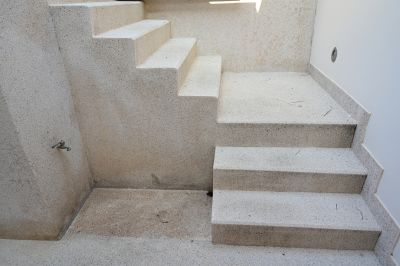
Popular materials for Concrete Installations and why they hold up over time.
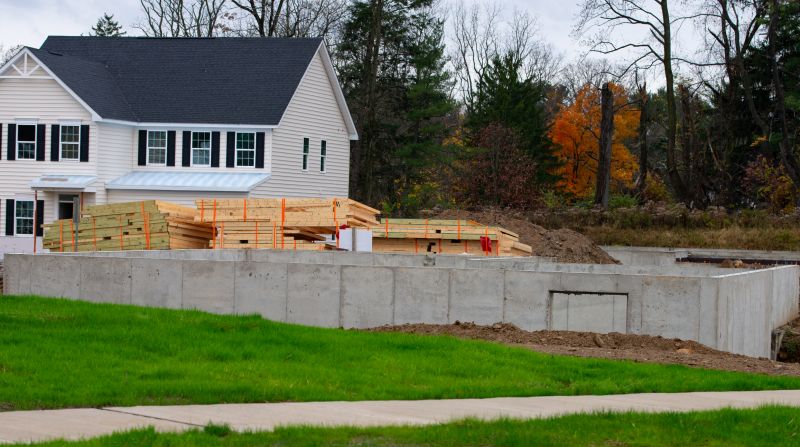
Simple add-ons that improve Concrete Installations without blowing the budget.
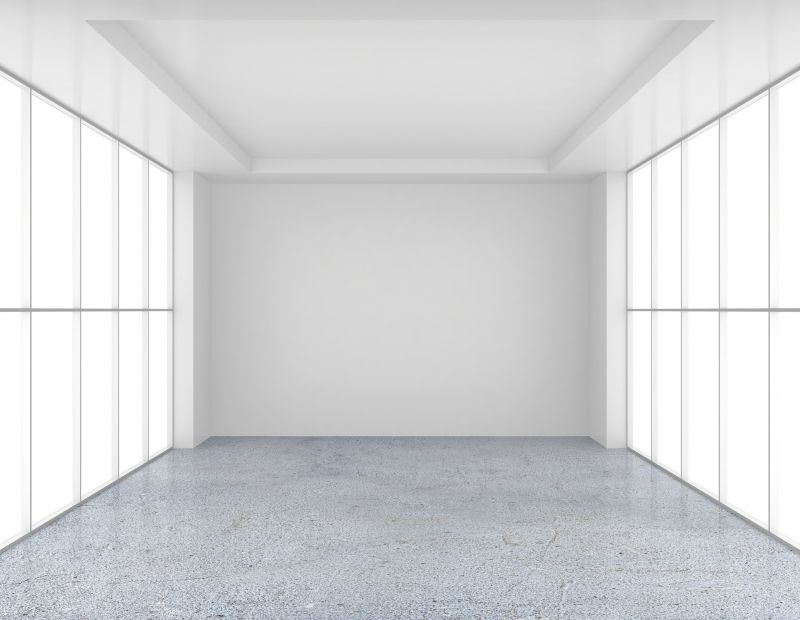
High-end options that actually feel worth it for Concrete Installations.
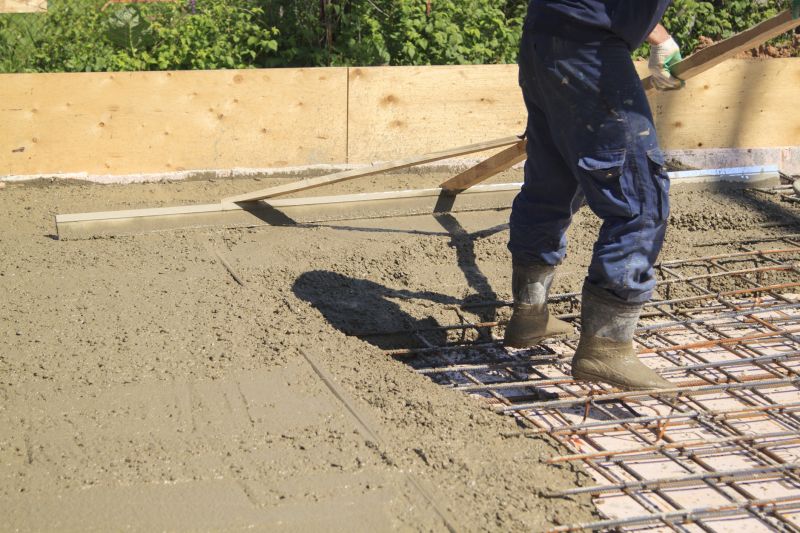
Finishes and colors that play nicely with Concrete Installations.
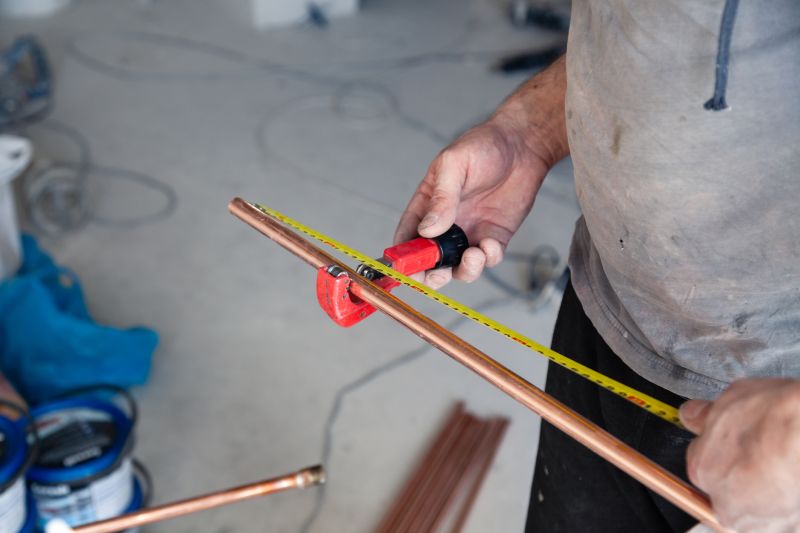
Little measurements that prevent headaches on Concrete Installations day.

A 60-second routine that keeps Concrete Installations looking new.
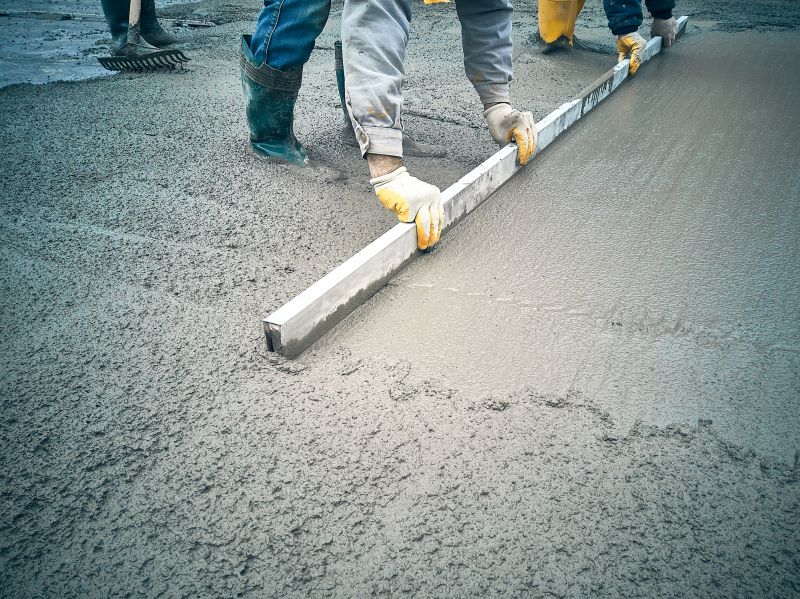
A frequent mistake in Concrete Installations and how to dodge it.
Concrete installation is a precise process that requires careful planning and execution. Proper timing ensures that the concrete cures correctly, achieving maximum strength and durability. Weather conditions play a crucial role in the success of each project, influencing setting times and surface finish.
| Season | Recommended Conditions |
|---|---|
| Spring | Mild temperatures, low rainfall, moderate humidity |
| Summer | Early morning or late evening work, avoid extreme heat |
| Fall | Cool temperatures, dry weather, moderate humidity |
| Winter | Use of heated enclosures or additives in cold weather |
| Late Spring | Optimal for most installations due to stable weather |

Small tweaks to make Concrete Installations safer and easier to use.
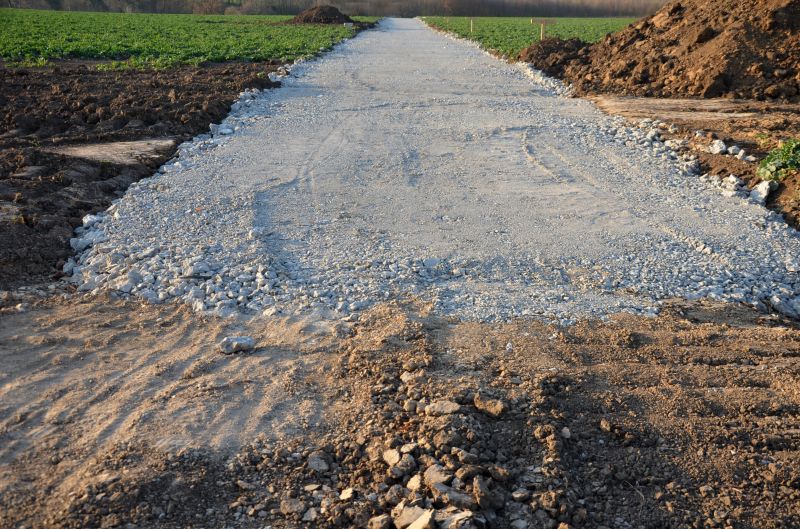
Lower-waste or water-saving choices for Concrete Installations.
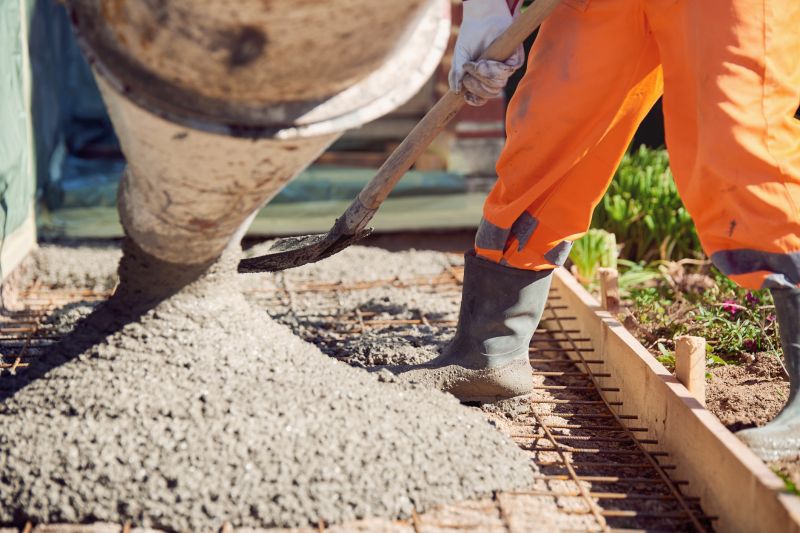
The short, realistic tool list for quality Concrete Installations.
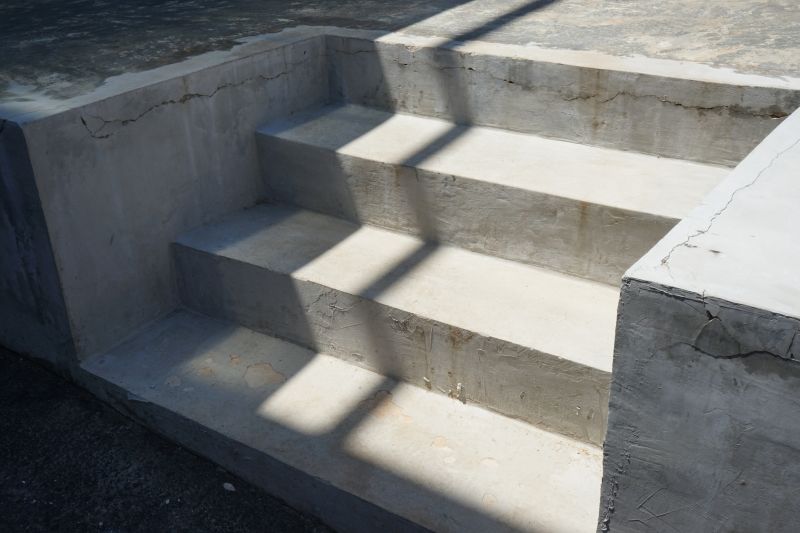
Rough timing from prep to clean-up for Concrete Installations.
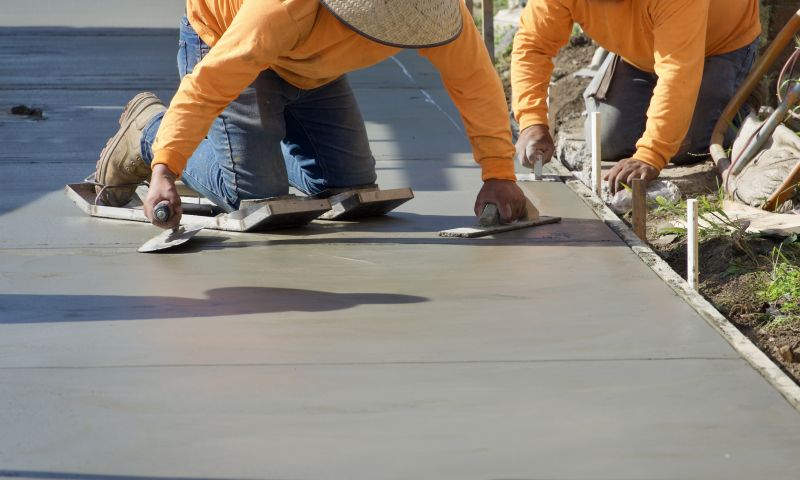
Quick checks and paperwork to keep after Concrete Installations.

Examples that show the impact a good Concrete Installations can make.
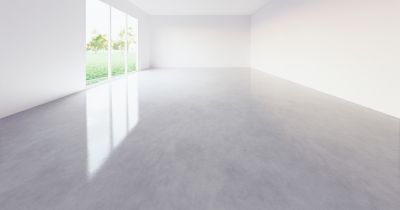
Ways to make Concrete Installations work in tight or awkward layouts.

Ways to make Concrete Installations work in tight or awkward layouts.
Understanding the optimal timing for concrete installations can significantly impact the quality and durability of the finished surface. Proper scheduling based on seasonal and weather patterns minimizes the risk of cracking, surface defects, and curing issues.
Professional assessment can help determine the best time for specific project requirements.
Scheduling allows for adequate site preparation and material procurement.
Continuous weather assessment ensures installations are performed under optimal conditions.
Timing also influences curing and finishing processes for long-term performance.
Interested in scheduling a concrete installation? Filling out the contact form can provide access to expert guidance tailored to local climate conditions and project specifications.
